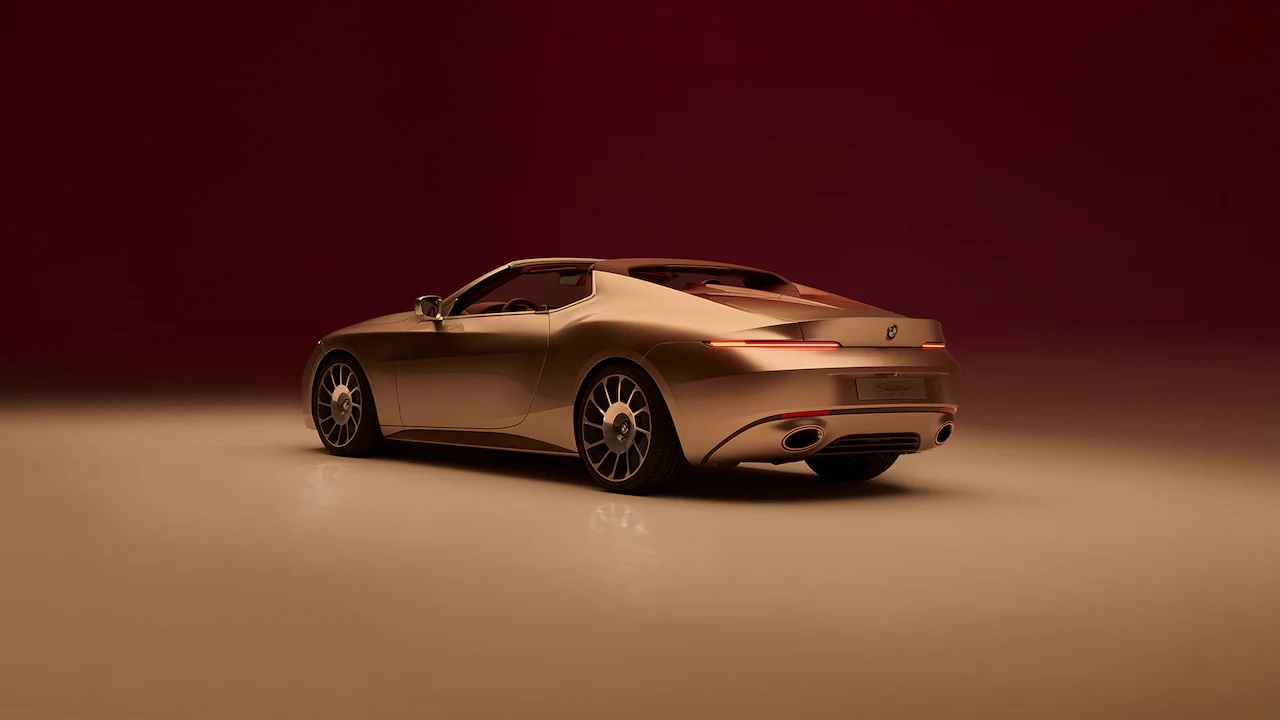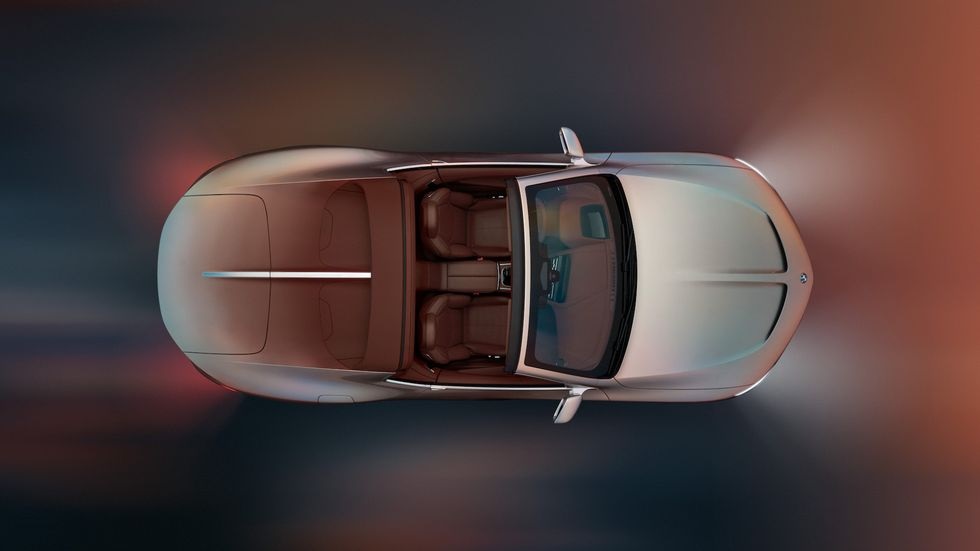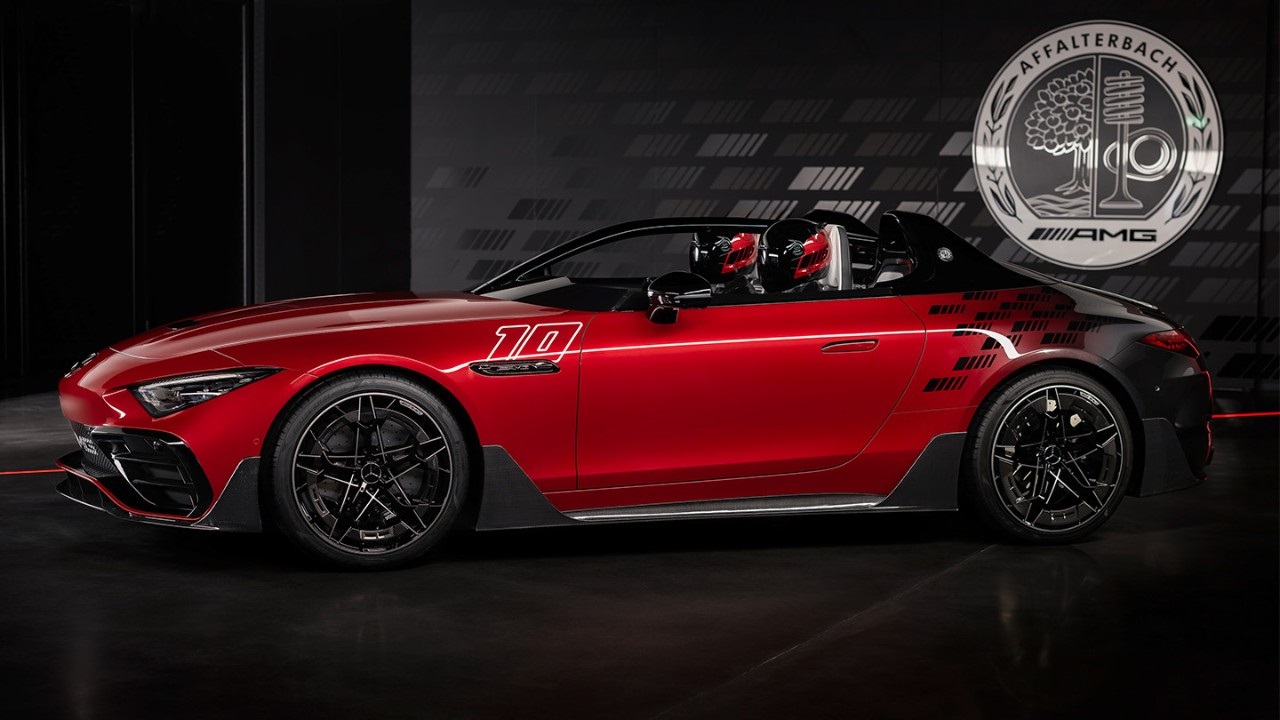The BMW Concept Skytop is a beautiful example of what happens when design meets engineering and both respectfully allow the other to be the star of the show. Not even the most acerbic critic of the brand has a bad word for the concept auto.
And while there are [understandably] questions about performance and remarks on how BMW can improve on future designs, the consensus is that the German auto brand has finally caught up with the rest of the luxury auto world in creating vehicles that look like true luxury pieces.
But maybe there is more to this concept auto than a desire to prove that the BMW brand is still luxury.


Since 2017, Rolls Royce has offered the tail series as a highly-exclusive, coach-built model to its most select, loyal and discerning customers. These ultra-limited, custom-built models may have not been the source of the highest revenue for the brand year-on-year, but they have succeeded in placing the British brand as an undisputable producer of the most desirable-yet-uneasily-attainable luxury autos in the world.
Mercedes Benz has now caught on. In Monaco, this month, the German-born auto firm unveiled the first model in its newly launched exclusive Mythos series. The marque, the Concept Mercedes-AMG PureSpeed is an F1-inspired (which means, among other things, no windshield) SL-based open-top, two-seater that the brand has said is a “strictly limited series of 250 units will only be available to the most dedicated Mercedes-Benz enthusiasts and collectors.”


And now, BMW appears to be trailing this same path with the unveiling of its Concept Skytop, a unique auto that is almost like nothing it has ever done. Although it does not seem like it is interested in creating a limited-edition series for the lucky few — in its official press release, the brand stated that “perhaps unique vehicles will not always have to remain unique – at Lake Como and the Concorso d’Eleganzaa Villa d’Este, automotive dreaming has always been allowed” — per Car and Driver, only 50, or possibly 100, of the Skytop would be produced as the vehicle is intended to be a ‘handbuilt collector’s item.’
To be fair, custom-built cars have always being a thing. However, creating special models geared towards a few is a trend that is beginning to catch on in the world of luxury autos. It just may have something to do with the increasing hyper-personalisation and hyper-exclusivity of luxury, which may be due, in part, to an increasing demand of luxury goods from a new generation of rich millennials and Gen Zs unwilling to maintain the tradition of scarcity, exclusivity and long waitlists and times that have characterised luxury from the beginning of time.


By restricting certain creations to only loyal clients and friends of the brand, luxury auto companies can safely maintain scarcity and exclusivity without irking new customers who do not want to be told that their interest in a product does not automatically translate to a free pass to everything and anything they desire from the brand. Becasue, whether we choose to admit it or not, the moment luxury goods become accessible to the general public, it may no longer be considered luxury.
The age of hyper-exclusivity has dawned, and luxury auto brands are showing us exactly what it looks like.
